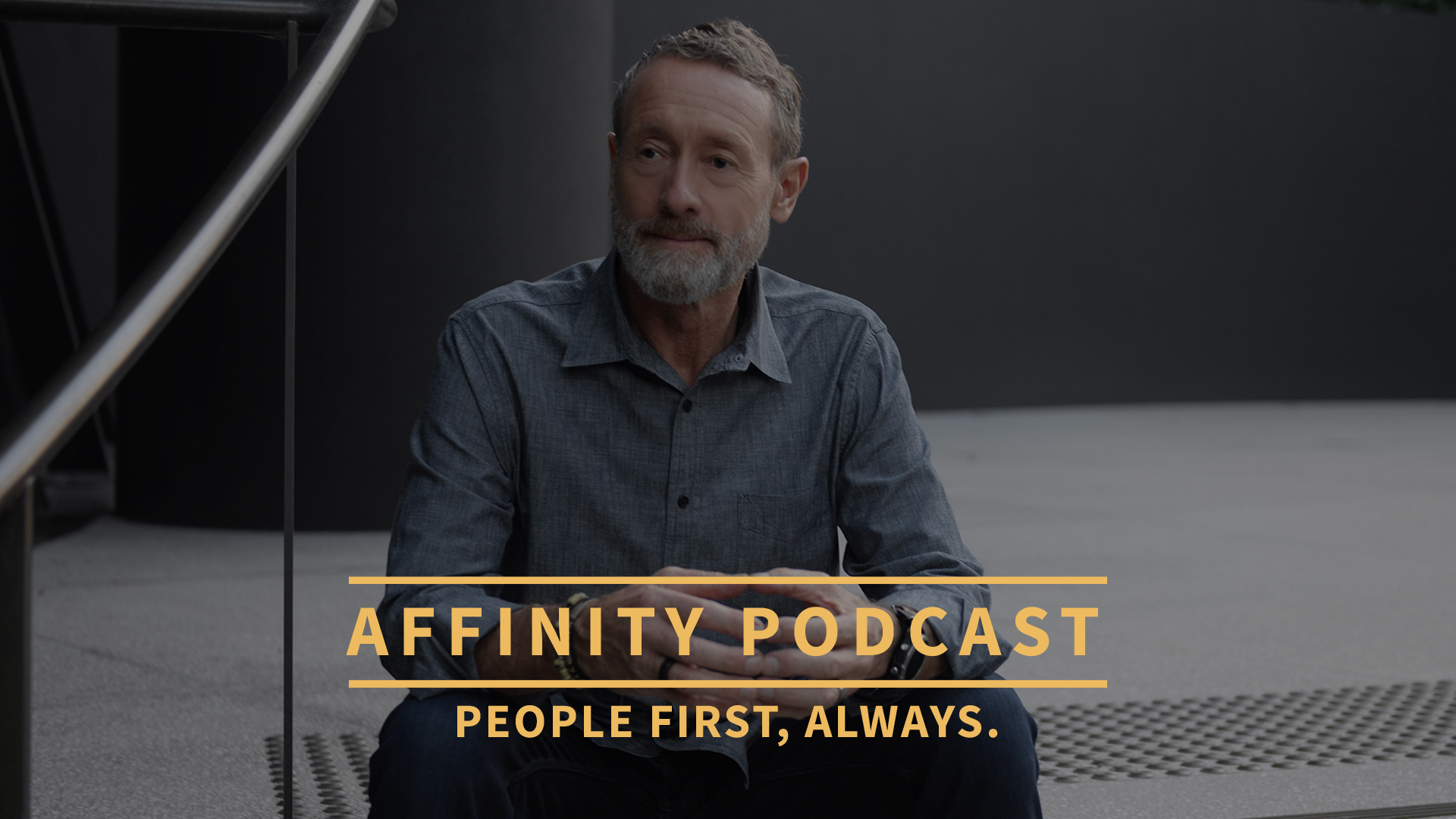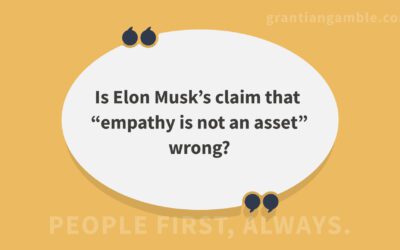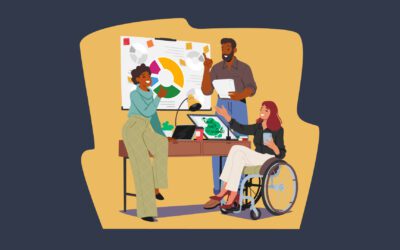Interestingly in the last 60 plus years, where we have been more closely monitoring loneliness and depression, there has consistently been a large percentage of the population dealing with these mental health challenges.
The Digital Divide: A Modern Culprit
More recently, social media has been blamed for the epidemic of loneliness and depression and I think it is fair to associate the profound decline in our mental and physical health in part to the digital divide. There is no question that technological and cultural shifts have exacerbated the level and awareness of loneliness and depression in society today.
Beyond Technology: Other Influencing Factors
But many other factors also impact our level of connectedness and inability to experience positive emotions, a sense of purpose, and meaningful engagement in life. Dan Buettner’s work with Blue Zones has highlighted the significant impact of community and social connections on these factors and the downstream effect they have on mental health and well-being.
Blue Zones: The Power of Community
Blue Zones are regions where people live significantly longer, healthier lives. Buettner identified common lifestyle and environmental factors that contribute to their longevity, including strong social networks, a sense of belonging, and frequent social interactions. These communities emphasize the importance of family, friendships, and community engagement, demonstrating that robust social connections and supportive environments are crucial for maintaining mental health and overall well-being.
Fostering Supportive Environments
By fostering these elements, Blue Zones exemplify how social underpinnings can lead to mental and physical health.
Through intentional community design and programming, we can restore and enhance supportive environments with robust social networks and frequent in-person social interactions.
Creating inviting opportunities to connect with others can help draw us away from that digital divide.
Designing Inclusive Spaces
By creating environments where everyone feels comfortable and included, we can help combat social isolation and promote a sense of community. Great public spaces where we get people out of their homes and cars can invite interactions and foster connections among diverse groups of people. One great example is in the fitness industry where I have helped create sanctuaries where people don’t feel intimidated, or out of place, even if they’re not the fittest, trimmest or most coordinated. These environments allow people to explore wellness without judgment. This is created through people; the team sets the tone and the environment provides the canvas.
The Role of Communal Seating
Communal seating areas are one simple yet powerful tool to promote social interactions in public and private environments. They provide comfort, encourage lingering, and create opportunities for social encounters. A well-placed bench can transform a neighborhood by fostering community interactions and signaling that the area is welcoming and safe.
Wellness Sanctuaries: A Case Study
In creating the wellness sanctuaries I have helped design and operate over the years, seating played a critical part. In lobbies we placed comfortable seating arrangements with newspapers, books and magazines to draw people to those spots. I often saw mums with little ones sitting and chatting with seniors they had just met. We also created seating hubs with board games like chess and checkers (draughts) to encourage people to play together. In our P.R.E.P. (Physician Referred Exercise Areas) areas we had seating intermingled with the exercise areas encouraging participants to take a break and have a chat. Many friendships were struck up around these casual seating arrangements.
Blurring the Lines: Indoor and Outdoor Integration
Additionally, blurring the lines between the outside and the inside of buildings and homes can encourage social interactions. I am reading a biography of Harry S. Truman at present and it talks about his hometown where people would routinely sit on their porches in the evening and entertain neighbors and chat with people passing by. Integrating “porches” or interactive ground floors in buildings blurs the line between private and public spaces, inviting people to engage with their neighbors and surroundings. Incorporating green spaces, plants and gardens builds on this openness, revitalizing streets, promoting social interactions, and enhancing both commercial and social life in the community.
Urban Design: Revitalizing Community Spaces
I recently worked on a wellness project with a beautiful urban piazza that seamlessly connected the courtyard with the facility, so people could meet, eat and chat in beautiful biophilic surroundings. The resurgence of squares and markets are offering destinations where people can meet, shop, eat, and play. These community spaces can serve as the heart of communities, revitalizing struggling retail and commercial areas. Mindfully designed, these spaces can become central hubs of activity and connection, fostering a sense of belonging and community spirit.
Conclusion: Building Connected Communities
Social isolation, loneliness and depression stems from various factors, but we can address aspects of it by creating social spaces and opportunities that encourage human connection. In Blue Zones, the prevalence of loneliness and depression is significantly lower compared to average communities. By prioritizing human interactions in our built environment, we can build healthier, more intentional and connected communities. From simple interventions like benches to larger projects like vibrant squares and markets, these elements when combined with thoughtful programming show that the future of social connection lies in how we design and use our public and private spaces. By prioritizing human interactions in our built environment, we can build healthier, more connected communities, in turn improving mental health and overall well-being.


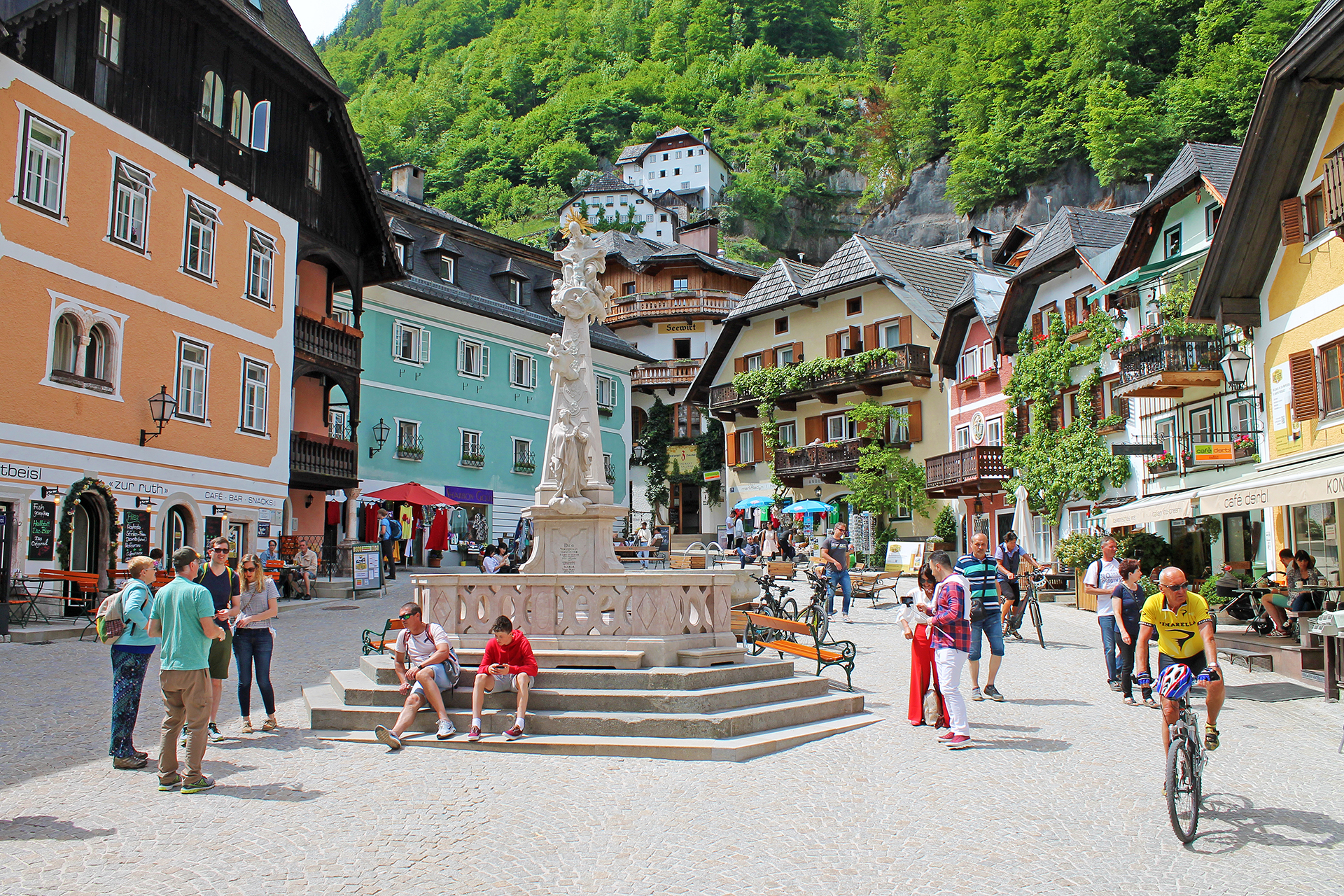


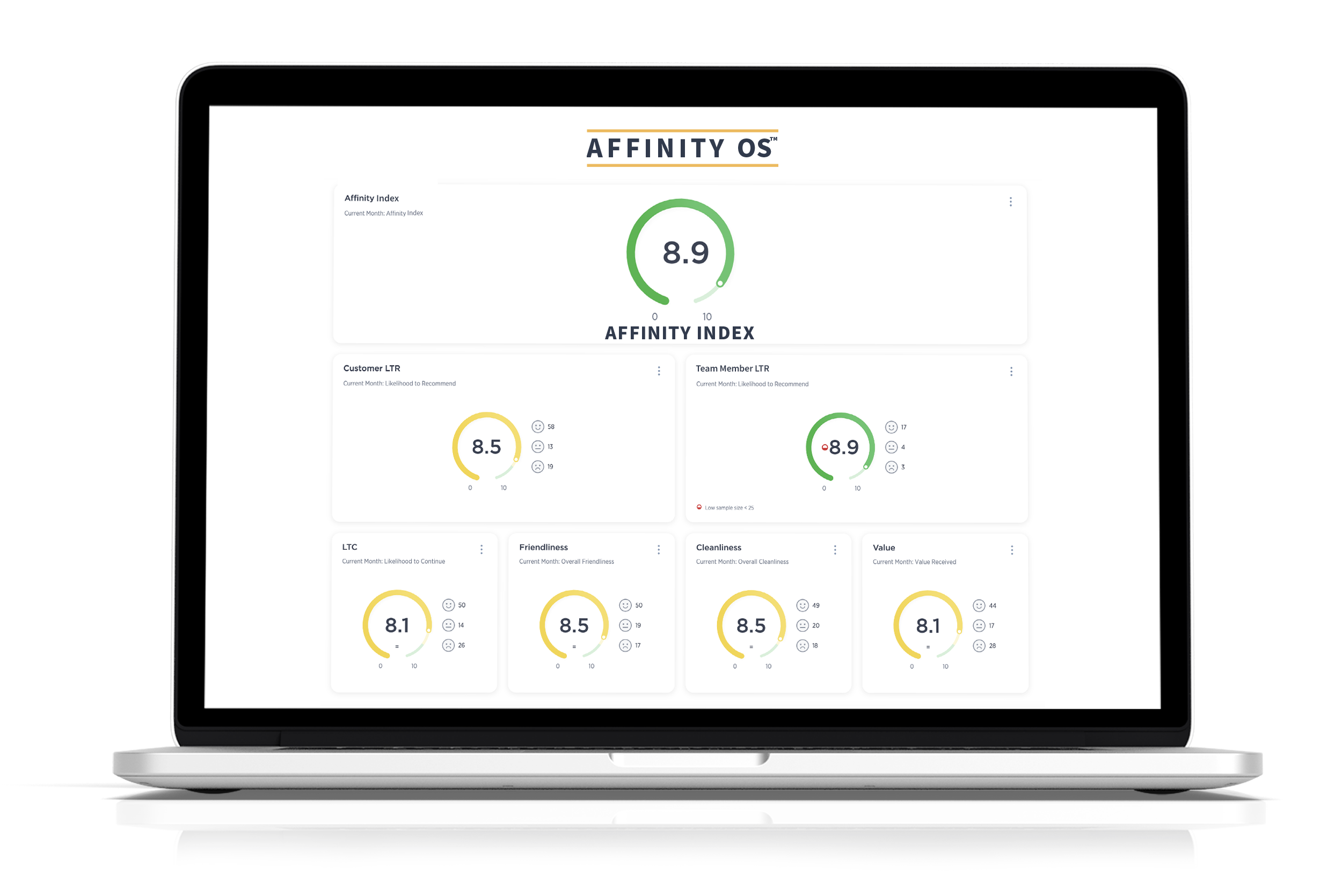 Interested in learning more about how to transform your organization’s approach to team member engagement and customer experience? Reach out to our team at
Interested in learning more about how to transform your organization’s approach to team member engagement and customer experience? Reach out to our team at 
